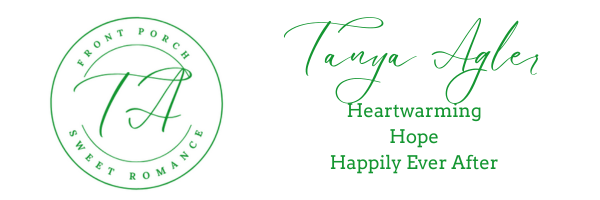
I hope the title caught your attention, but the sad truth is there is no secret handshake in writing. When all is said and done, a writer has to sit down and write the words whether through a computer and keyboard or pen and paper. However, there are lessons I’ve learned since I’ve started writing, and I wish I’d known some of these five hints when I first sat down with a laptop and typed in the words, Chapter One.
- Literary or genre. There are English majors who could debate the definitions of these two categories until the cows come home. To oversimplify it, genre fiction tends to gravitate toward happy endings and can be broken down into different categories, such as romance, mystery, science fiction, and more. Literary fiction tends to be character driven with vague or unhappy endings that delve more into truth and thematic purposes. Both defy exact definitions, but I found my niche when I discovered I like reading romances with happy endings and cozy mysteries with the search for justice complete. That meant I’d be happiest writing genre fiction.
- Writers’ Associations. If you know off the bat you want to write a romance or a mystery, there are writing organizations that can help you learn some of the tricks of the trade. While there may not be a secret handshake, there are certain expectations from readers of the romance and mystery genre. For example, a romance needs a happy ending, and a cozy mystery needs justice. Romance Writers of America (RWA) and Sisters in Crime are wonderful places for you to meet other writers and start your writing journey. Within RWA, there are local chapters and online chapters. If you live close to a local chapter, that’s a great way to meet other writers and ask for tips or find someone to critique your work.
- When you open a craft book, there might be initials on the page. This is one place where I can do a little fist bump with you and help you learn some common writing acronyms.
- POV=point of view. See number 5.
- RUE=Resist the Urge to Explain.
- TSTL=Too Stupid to Live
- WIP=Work in Progress
- HEA=Happily Ever After
- HFN=Happily For Now
- GMC=Goal, Motivation, Conflict
- ARC=Advance Reader’s Copy
- Genre categories. Within the world of genre writing, there are also sub-genres. In romance, writers are often asked, “What type of romance do you write?” When I was asked this at my first local writing program, my eyes widened and my pulse accelerated. There were different genres within the genre? I listened to other people and figured out I wrote contemporary. In terms of romance, there are a number of subgenres: Contemporary Short, Contemporary Single Title, Historical, Paranormal, Urban Fantasy, Romantic Suspense, Inspirational, Erotic, Erotica, Mainstream with Romantic Elements, Women’s Fiction, and more depending on who you talk to. Mysteries are often broken down into thrillers, suspense, and cozies.
- Point of View. Books can be written from either an omniscient POV, where there’s no specific narrator (think Harry Potter) or from deep POV, where the story is told from the perspective of a certain narrator. There are also different viewpoints. There is first person, where the story’s narrator uses I or me. Second person isn’t seen much in genre fiction, but this person uses the word “you.” Third person is when the narrator uses he or she. In romance, deep POV allows the reader to view the scene from one person’s point of view as if you are in the shoes of that character. Head-hopping refers to scenes which alternate back and forth between different characters’ POVs.
These are five of the tips I wish I’d had when I first started writing. I’ll be writing five more next week. Happy writing.
